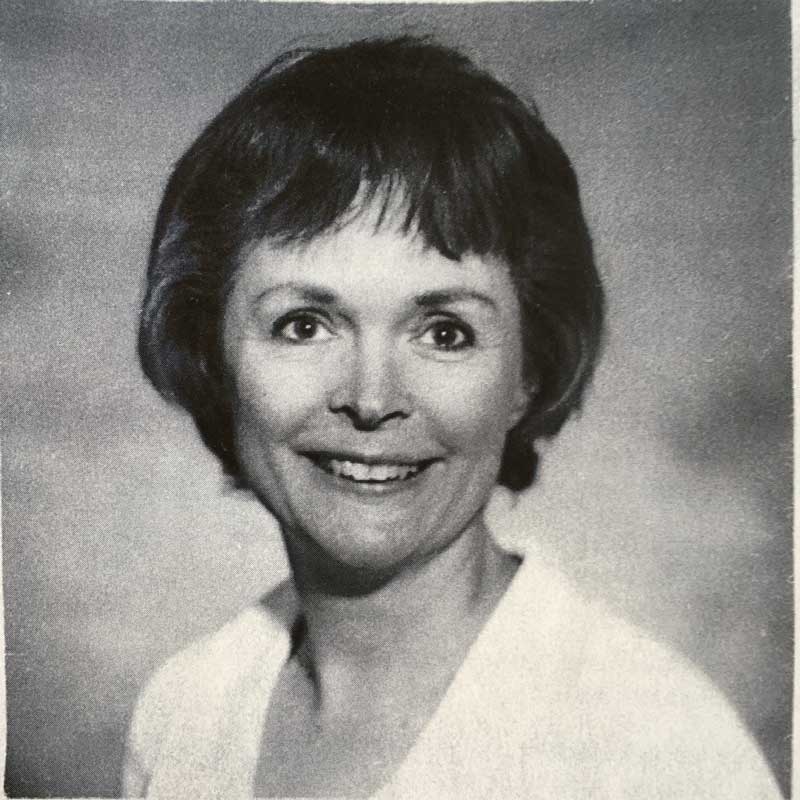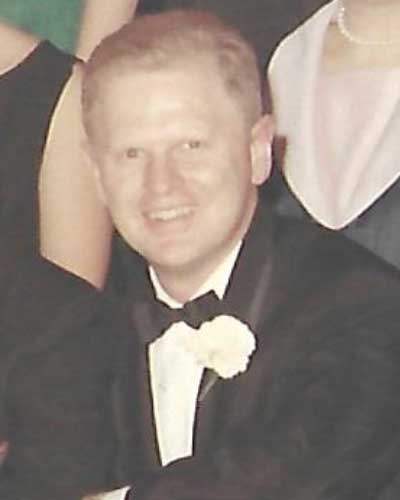Up North. To anyone who lives in Michigan it has an instant meaning. It means a cottage or cabin on or near a lake or a ski area somewhere north of the 45th parallel. To me it means one thing too – Burt Lake.
The Dunne cottage on Burt Lake was built in 1950 by Lee Fish, a builder who lived in Cheboygan. All the wood work, including the bedroom furniture was hand built by Mr. Fish and his sons according to the plans that my dad Walter laid out. Dad designed the cottage himself to accommodate his growing family. The idea of his owning a cottage must have been his mind for years since he spent a good part of his life enjoying the “up north” life. He told me he used to drive up north during the 30’s when all the roads north of Bay City were unpaved and would sometimes take two days to make it. Instead of driving, many people from Detroit and Chicago would use the train to get there since it could get there in a matter of hours. One of the most popular stops was the village of Topinabee where one of dad’s best friends, Tom Maloney, owned a resto hotel in the middle of the village. Topinabee was a few miles north of Indian River on the southwest part of Mullet Lake.
My summers as a kid were spent either at Mullet Lake or its twin a couple miles away, Burt Lake. The first cottage I remember was about a mile north of Topinabee, right on the lake with the railroad tracks just a few yards away from the back door. I remember only too well hearing the train coming through from Detroit every night and bumbling past my bedroom with a great deal of sound and muscle. Friday nights were the best because dad would usually be on board and the family would all be waiting outside the Topinabee train station for the train to arrive. You could always feel the train coming before you could see its bright headlight because the tracks would tremble a mile or more ahead of the locomotive.
As the family grew, dad rented a larger cottage on the lake in Mullet Lake Village. This time we had a public tennis court in back of the cottage instead of train tracks. Another reason to rent this particular cottage was that it was only a chip shot away from the Mullet Lake Golf Course. Many a time dad would be coming back from shopping in Cheboygan and if no one was looking, would stop the car along the 7th fairway of the course that ran along the road, take out an iron from the trunk and hit some balls. Naturally, Paul or I had to shag for him.
Another good friend was Frank Kelley, a prominent Detroit democrat who had a cottage on nearby Burt Lake. Frank’s brother Tom, a successful Detroit Businessman, also had a cottage a mile north. While Frank’s place was very nice and we would often stay there for weekends, Tom’s place was one of the most fashionable places on the lake and not only had its own tennis court, but a stable of horses. Another good friend was a man named Chink McNamara who I’m told had interests in gambling. One time I met the famous golfer, Walter Hagen, in McNamara’s backyard. My dad probably thought he was in glory since he was such a golf fanatic.
Since his close friends had cottage on Burt Lake, dad started to rent a place down the lane from Frank’s place. We used his place (and his boat) to go fishing. Fishing? Yes, fishing. Burt Lake is not noted for great fishing, except during the wintertime when you could spear huge muskies through the ice. During the summer however, it was necessary to build a “plant” made out of small evergreens lashed together to form a raft-like refuge in order to lure some perch. We would tow the plant out to a prospective site, check the water depth, attach some cinder blocks and an marker line and hope for the best. It must have worked since we would often have fresh perch for our dinner.
By the late 40’s, dad must have started to think seriously about having his own place. There was a 200-foot vacant lot between Frank and Tom Kelleys’ that was owned by a man named Hopkins who also owned Hoppie’s Tavern – his nickname. Dad bought the lot in August 1949 and started building in February 1950. My dad was often asked why he built on the east side of the lake where there so many rocks along the shoreline. His reason was logical. The east side of the lake always enjoyed a breeze while the other side of the lake had a sandy beach, but the air was always still – and hot. He learned this lesson from the days at Mullet Lake where we stayed on the sandy, and hot, west side of the lake.
Something I could never figure out is why dad never owned a power boat other than a small outboard row boat. I used to envy Tom Kelley’s kids since they not only had their own tennis court, a couple of horses, but two speedboats. Tom’s son Bill had the white one which I thought had to be the fastest boat on the lake. He would zoom past the cottage and only stop at our dock when one of my older sisters would be taking a sun bath. Years later when Bill Kelley no longer had his boat and we became good friends, I would sail down past his place in my 13-footer and ask if he wanted a ride. Somewhat slower, but much more enjoyable.
Dad knew I liked sailing so one year he bought a 13-foot Whitecap sailboat from a neighbor down the road. The boat need a lot of work and I spent one summer taking it down to the wood and refinishing it inside and out. One evening I was finishing work for the day and left the boat up on its side with a tool box underneath the open cockpit. The next morning I wok up and found the boat upside down with the screwdriver poking up through the hull. The wind had blown over the boat on top of the tool box. I’m not sure if I ever got to sail the boat that summer.
This particular model sailboat was such a sturdy one that it was once outfitted by a newspaper guy in Cleveland who sailed it across the Atlantic Ocean. It could withstand the weather, but not a screwdriver
As a kid and before the cottage was built, I would often help the garbage man on his rounds of all the cottage along this part of the lake. His name was Bill Howell. He became more than a garbage man, more than a helper who would put out the dock in the spring and take it out in the fall, he was a true friend to all the Dunne’s. It never mattered the time of day, if there was a problem to be fixed at the cottage, Bill was always there to help. It seemed like he could fix anything. Bill lived in a farm just across the road where his daughters ran a riding stable. His home was as unkept as anyone could imagine and yet Bill was always clean and to my knowledge, never had a sick day in his life. As fate would have it, in 1988, Bill was helping Gin, Harry, and I close up the cottage for the last time. A few days later Bill died at the age of 89. He had been part of the family for more than 40 years.
During high school (Catholic Central) and college (University of Detroit) I would spend as much time at the cottage as I could. In later years, I would go up with Bill Kelley or Bill Edward for weekends. We would leave Detroit after work, arrive at the cottage by midnight and turn around and start back for Detroit around Sunday noon. People would often ask why I would spend so much time driving for such a short stay. Believe me, an hour at the cottage was worth the trip.
Fortunately, Mary Ann and my kids were also able to enjoy the efforts and visions of my dad. While the kids never had a chance to know him, the too have fond memories of his legacy. In looking back through my slides, I realize that I have recorded a part of their lives that they will never forget. I hope all the other kids in the Dunne family who had a chance to go “Up North” will always have the same feelings.

"God is not a magician on a stage creating something out of nothing, but is part of the audience relying on us to use our time here to produce miracles."


